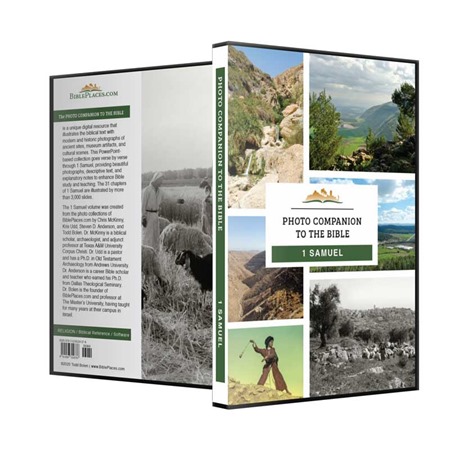“The world’s longest marlstone cave, with an overall length of a mile, was recently found in the Dead Sea area.”
Erez Speiser has posted another walking tour, this one of the Old City of Jerusalem. He has created a good route that focuses on major sites in the Christian and Jewish Quarters.
Andy Cook of Experience Israel Now has begun podcasting and videocasting. The first three episodes are of the Valley of Elah, and at the conclusion of each he offers video footage for free download so that any teacher can use them in ministry.
“The Museum of the Bible in Washington, DC, is in discussions with the Iraqi government to reach a settlement regarding thousands of antiquities in its collection with suspicious or incomplete provenance.”
John DeLancey has created a new video that tours Masada.
Tyler Rossi explains how ancient and medieval coins were used as royal propaganda.
Lloyd Llewellyn-Jones lectures on “Locating the Women of Achaemenid Persia,” identifying rare representations of women in Persian iconography.
Save 92%: The Future of Biblical Archaeology, edited by James K. Hoffmeier and Alan Millard (Eerdmans, 2004). $2.99 at Christianbook.com.
New books:
- The Case for Biblical Archaeology, by John D. Currid
- The Bridge to the New Testament: A Comprehensive Guide to the Forgotten Years of the Inter-Testament Period, by Denny Sissom
HT: Agade, Joseph Lauer, Paleojudaica
